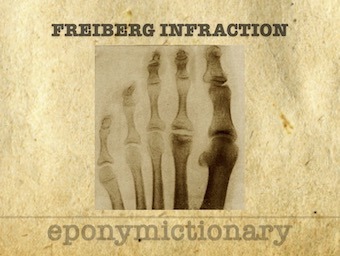
Freiberg infraction
Freiberg infraction: osteochondrosis of the metatarsal heads (typically the 2nd metatarsal head) described by Albert Freiberg in 1914, Alban Köhler in 1915

Freiberg infraction: osteochondrosis of the metatarsal heads (typically the 2nd metatarsal head) described by Albert Freiberg in 1914, Alban Köhler in 1915

Peter Beighton OMB, MD PhD, FRCP . Professor of Medical Genetics, University of Cape Town, South Africa. Beighton Score (1971)

Thomas George Morton (1835 – 1903) was an American surgeon. Eponyms include Morton's neuroma; neuralgia and metarsalgia

Legg-Calvé-Perthes disease (LCPD): avascular necrosis (AVN) of the proximal femoral head. The disease is usually insidious in onset and may occur after an injury to the hip.
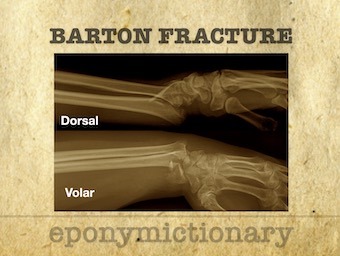
Barton fracture: Intra-articular distal radius fracture with radiocarpal joint subluxation. John Rhea Barton described Barton fracture in 1838.

Müller-Weiss syndrome , or spontaneous osteonecrosis of the tarsal navicular in adults, is a rare cause of chronic medial midfoot pain.

Joseph François Malgaigne (1806-1865) French Surgeon medical historian and critical thinker. Malgaine fracture (1847) unstable pelvic fracture

Osteopoikilosis is a autosomal dominant sclerosing bony dysplasia characterized by multiple benign benign sclerotic bone lesions (enostoses) that tend to localize in periarticular osseous regions
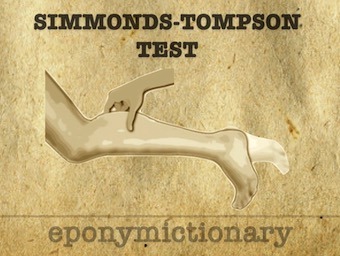
Simmonds-Thompson Test for evaluating achilles tendon rupture. Also known as the Simmonds Test (F.A. Simmonds) or Thompson Test (T. Campbell Thompson)
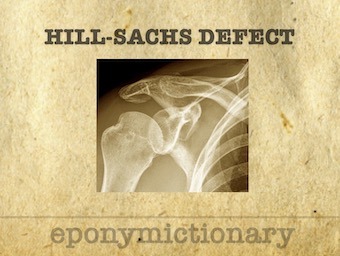
Hill-Sachs lesion (1940) Cortical depression of posterolateral head of the humerus related to impaction of the humeral head
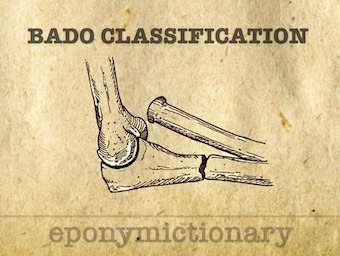
José Luis Bado (1903-1977) was a Uruguayan surgeon who created the Bado Classification of Monteggia fractures in 1967 to define 4 Types
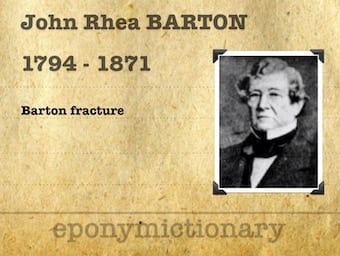
John Rhea Barton (1794-1871) was an American Orthopaedic Surgeon. Eponym: Barton fracture (1838). Intra-articular distal radius fracture.